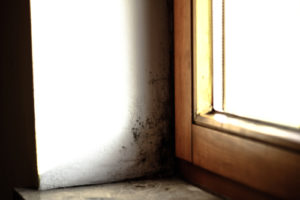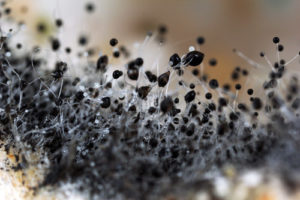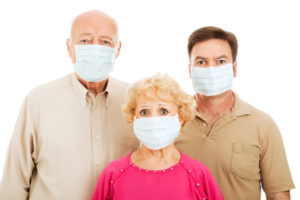Is It Mold or Mildew? Part One

Is It Mold or Mildew?
When it comes to ridding homes of unsightly fungi attacking the structure, some homeowners are asking is it mold or mildew that’s discoloring my walls? There’s a difference and NJ mold removal specialists are experts at identifying the source and eliminating the problem.
Mold or Mildew – Which is It?
If you have discoloration in areas of the home that may have moisture issues such as around leaky pipes under the sink or in the laundry room, mold will appear as irregular spot patterns and in living colors such as gray, black, green, brown, blue, white, or yellow. It could also have a slimy appearance. You may see this on ceilings where there may be a roof leak or on drywall exposed to moisture.
Mildew fungus is usually colored in gray, white or yellow and lying atop a moist surface. You can see evidence of this on plant leaves. Over time, it, too, will turn brown or black in color. Its texture is fluffy or has a powdery effect.
Health Effects
Mildew creates airborne spores that may cause coughing, respiratory problems, sore throat, and headaches when inhaled.
Mold, along with the potential for structural damage, can cause asthma attacks, migraines, dizziness, fatigue, skin irritations, sneezing, and allergic reactions, to name just a few. Over time, the mycotoxins produced by mold can have long-term effects on health.
At Stern Mold, our business is detecting problems with mold and mildew in your home and providing remediation services to re-establish a safe and easy-breathing environment. If you’re experiencing this problem, contact us and we’ll send one of our NJ mold removal technicians to your home for a free inspection.


